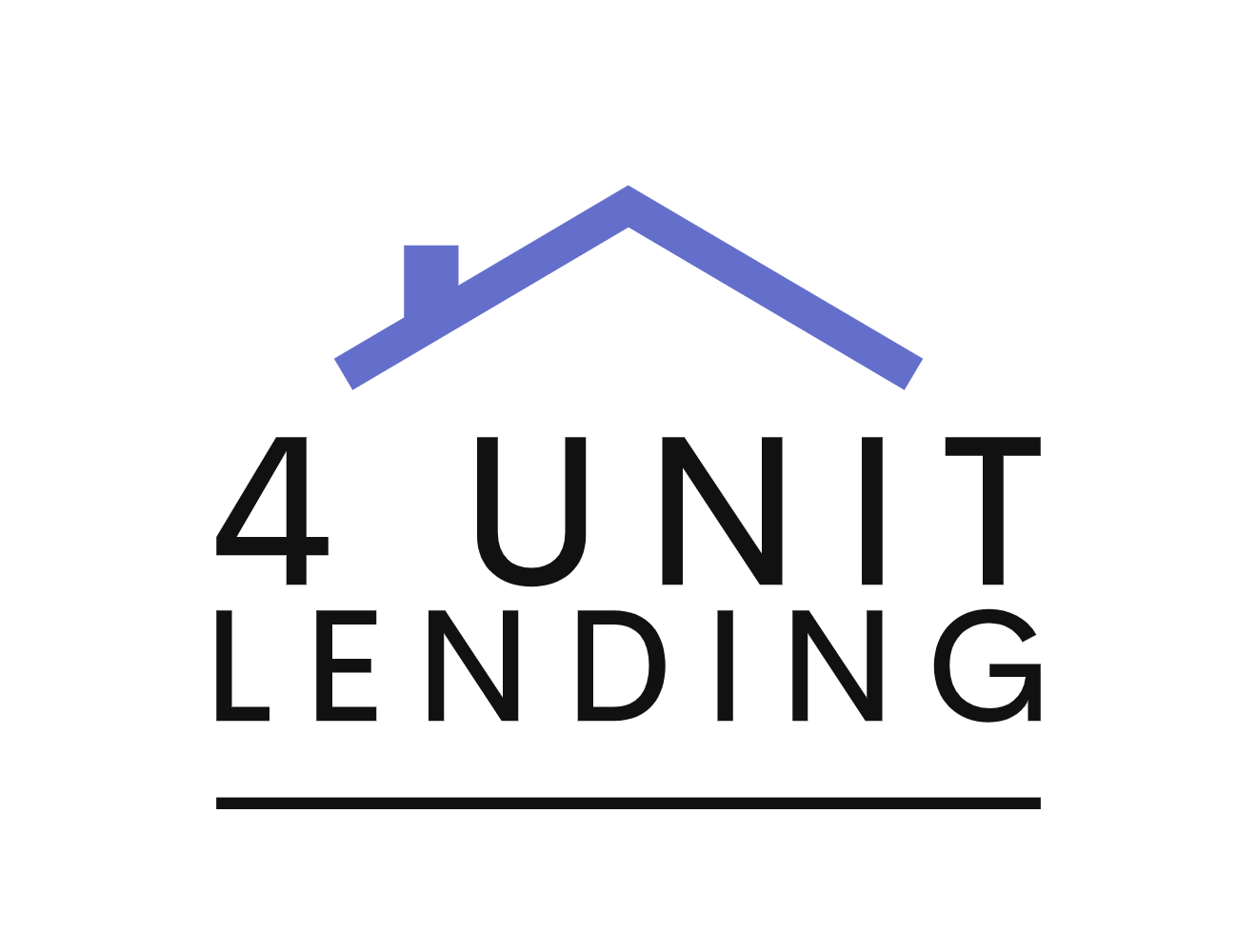Key takeaways
Conventional loans are mortgages that aren’t guaranteed or insured by the U.S. government. They’re the most popular kind of mortgage, available from virtually all types of lenders, including banks and online lenders.
This type of mortgage comes with a fixed or adjustable interest rate, and can be either conforming or nonconforming.
The most common type of a conventional loan is a conforming loan, which conforms to guidelines set by the Federal Housing Finance Agency (FHFA).
Conventional loans typically require a 620 minimum credit score and at least a 3 percent for a down payment.
What is a conventional loan?
A conventional loan is simply a mortgage that isn’t backed by the U.S. government. If you qualify, you can get this loan from many different types of mortgage lenders, including banks, credit unions and online originators. It’s the most common kind of mortgage.
Conventional loans have some stricter qualifying criteria compared to government-backed mortgages like FHA, VA and USDA loans, including a higher minimum credit score requirement. However, they’re more flexible in other ways, such as allowing for a low 3 percent down payment and larger loan sizes.
Conventional loans come in two main types: fixed-rate or adjustable-rate. With a fixed-rate mortgage, your interest rate never changes; you’ll have the same monthly principal and interest payment for the length of the loan. With an adjustable-rate mortgage, you’ll have a fixed introductory rate, after which the rate changes at preset intervals based on an index rate plus a margin determined by the lender.
Compare current conventional mortgage rates
When comparing conventional mortgage rates, it’s good to know what you’re looking at. First, make sure you’re comparing similar loans. Conventional loans can come with different term lengths (like 15 or 30 years) and have different rate behavior (like fixed rates or adjustable rates). Each of these differences will contribute to a different rate.
It’s also important to understand the difference between an interest rate and an annual percentage rate (APR). Interest rates reflect just the interest you’ll be charged for the mortgage, but APR is a more complete picture of the interest rate with the fees you’ll be charged. By comparing APRs, you’ll have a more accurate look at how much a loan will cost you.
Also know that factors like your credit score, income, total debt and loan amount will affect the rate you get. Having a higher credit score, higher income, lower debt and a smaller loan amount will generally qualify you for the best possible rate.
Conventional loan requirements
To be approved for any type of mortgage, you’ll need to meet the lender’s credit and financial requirements. The requirements for a conventional loan include:
Credit score: 620
Debt-to-income (DTI) ratio: 45 percent (with exceptions up to 50 percent)
Down payment: 3 percent for a fixed-rate loan; 5 percent for an adjustable-rate loan
Loan limit: $806,500 for a conforming conventional loan on a one-unit property in most of the U.S.; up to $1,209,750 for the same type of loan and property in higher-cost areas
While conventional loans allow for as little as 3 percent down, you’ll pay private mortgage insurance (PMI) for anything less than 20 percent. The average monthly cost of PMI is 0.46 percent to 1.5 percent of the loan amount, according to the Urban Institute. You can request to cancel these premiums when your loan-to-value (LTV) ratio hits 80 percent.
Learn more: How to get rid of PMI
Your down payment can come from a variety of sources, including your own savings, a gift from a relative or friend or a down payment assistance program. Forty-one percent of current homeowners saved specifically for the down payment and closing costs on their first home, according to Bankrate’s Down Payment Survey.
Types of conventional loans
Conforming loans
A conforming mortgage adheres to certain guidelines around credit, loan size and other factors. For a conventional loan, those guidelines are set by the Federal Housing Finance Agency (FHFA), the regulator that oversees Fannie Mae and Freddie Mac. The FHFA standards include a 620 minimum credit score and the $806,500 loan maximum (in most locations).
If a conventional loan meets conforming standards, it’s eligible to be purchased by Fannie or Freddie, which then pool loans into mortgage-backed securities. This buy, package and sell process helps facilitate the flow of capital in the mortgage market, allowing lenders to continue to provide financing to borrowers.
Nonconforming loans
A conventional loan that doesn’t meet one or more of the FHFA conforming loan criteria is known as a nonconforming loan. One example of a nonconforming loan is a jumbo loan, a mortgage for an amount that exceeds the conforming loan maximum.
Non-qualified mortgages
Whether the conventional loan is conforming or nonconforming, it’s also subject to “ability to repay” guidelines that determine whether a borrower can reasonably afford the loan. However, some lenders extend financing even when a borrower’s credit or financial profile doesn’t meet these rules. This is known as a non-qualified mortgage, non-QM loan or subprime loan.
Learn more: Guide to 3 percent mortgages
Pros and cons of conventional loans
Pros
Lower down payment requirement: For a fixed-rate conforming conventional loan, you’re only required to put 3 percent down. This down payment can come from your savings, a gift, a down payment grant or other sources.
Cancellable mortgage insurance: Although you’ll pay for mortgage insurance if putting less than 20 percent down, you won’t pay these premiums forever.
Financing for a range of needs: A conventional loan can be used to pay for a primary residence, investment property or second home. It can also be for a relatively large loan amount, at a fixed or adjustable rate.
Cons
Higher credit score requirement: To get a conventional loan, you’ll need a credit score of at least 620.
Potential for higher interest rates: Your specific rate depends on many factors, but sometimes, conventional loans have slightly higher rates compared to government-backed options.
Scrutiny of past hardship: If you’ve experienced bankruptcy or foreclosure, you’ll need to wait a longer period before applying for a conventional loan compared to other types of mortgages: two to four years after bankruptcy and three to seven years after foreclosure.
Conventional loans vs. government loans
Conventional loans are the most popular kind of mortgage, but they aren’t the only type of financing. Here’s how they compare to government-backed options:
Conventional vs. FHA loans: FHA loans, insured by the Federal Housing Administration (FHA), require at least 3.5 percent down, but a minimum credit score of just 580 (or 500 if putting 10 percent down). They, too, come with a mortgage insurance requirement if putting less than 20 percent down — but unlike the PMI on conventional loans, FHA mortgage insurance typically can’t be canceled or removed unless you refinance to a different type of loan.
Conventional vs. VA loans: VA loans, guaranteed by the U.S. Department of Veterans Affairs (VA), are available to military service members, veterans and eligible spouses. VA loans don’t require a down payment in most cases, nor mortgage insurance. Unlike conventional loans, however, they can’t be used for an investment property or second or vacation home — only primary residences. They also charge a funding fee.
Conventional vs. USDA loans: USDA loans, guaranteed by the U.S. Department of Agriculture (USDA), are for borrowers with lower to moderate incomes in specific rural-designated areas. They don’t require a down payment, but do charge a guarantee fee and annual fees.
What borrowers should know about conventional loans today
Conventional loan rates remain elevated in the 6 percent to 7 percent range, where they were for much of 2023 and 2024. With home prices continuing to rise, affordability remains a major issue for homebuyers in 2025. And if you want to refi, these higher rates may keep you on the sidelines, waiting for a more affordable time.
Experts surveyed by Bankrate in March 2025 predict mortgage rates will be stuck in a narrow range. They forecasted an average 30-year mortgage rate of 6.66 percent for 2025.
Mortgage rates are largely determined by two things: the bond market and Federal Reserve policy. Many lenders are pricing in economic uncertainty, according to some experts surveyed. This is leading higher rates.
“So there is limited room for declines, unless the economy drops into a recession,” says Mike Englund, chief economist for Action Economics.
This uncertainty is complicating the decision to buy a home now or wait. Homebuyers need to feel confidence in their income security to take this major step.
FAQs
Do home sellers prefer conventional loans?
Can you switch from an FHA loan to a conventional loan?
Is it harder to get a conventional loan?
Methodology

